Unveiling Original Cannabis Sativa Strains: Genetics and Impact
Cannabis genetics are crucial in defining the unique traits and effects of cannabis sativa strains,…….
In the ever-evolving landscape of alternative medicine, health, and agriculture, one plant has captured the attention of scientists, entrepreneurs, and consumers alike – Cannabis sativa. This remarkable species, with its diverse strains, has a rich history spanning millennia and continues to be at the forefront of modern discussions surrounding wellness, industry, and policy. The global impact of Cannabis sativa strains is undeniable, with its influence permeating various sectors from healthcare and research to agriculture and the economy. This comprehensive article aims to unravel the complexities of Cannabis sativa strains, exploring their multifaceted nature, global reach, and enduring relevance in an ever-changing world.
Definition: Cannabis sativa, commonly known as cannabis, is a highly adaptable perennial plant species from the Cannabaceae family. It has been cultivated for thousands of years for its diverse uses, including fiber, food, and most notably, for its psychoactive and medicinal properties derived from its unique chemical composition.
Key Components: The heart of the Cannabis sativa strain lies in its cannabis compounds, primarily tetrahydrocannabinol (THC) and cannabidiol (CBD). THC is responsible for the plant’s characteristic intoxicating effects, while CBD has gained popularity for its potential therapeutic benefits without the psychoactive properties. These compounds interact with the body’s endocannabinoid system, a complex signaling network involved in various physiological processes.
Historical Context: The history of Cannabis sativa stretches back to ancient civilizations. Evidence suggests its use as early as 8000 BC in present-day China and India for medicinal and ritual purposes. Over millennia, cannabis spread across continents, shaping cultural practices and traditional medicine systems. In the 20th century, however, it became entangled with societal perceptions and restrictions, leading to its criminalization in many parts of the world. But as scientific research advanced, the plant’s therapeutic potential resurfaced, igniting a global movement towards legalization and decriminalization.
Significance: Cannabis sativa strains hold immense significance in multiple ways:
Cannabis sativa strains have left an indelible mark on societies worldwide, with its influence varying across regions and cultures. The global cannabis market has experienced remarkable growth, driven by shifting public perceptions, increasing legal access, and a growing body of scientific evidence supporting its therapeutic benefits.
Regional Variations:
Key Global Trends:
The economic impact of Cannabis sativa strains is profound, touching upon multiple sectors and contributing to global economic dynamics.
Market Dynamics: The global cannabis market is experiencing rapid growth, with revenue projections reaching billions of dollars by 2025. This growth is fueled by increasing legal access, rising consumer demand, and expanding medical applications. The market is highly diverse, encompassing medicinal, recreational, agricultural, and industrial segments.
Investment Patterns: Cannabis has attracted significant investment from venture capitalists, private equity firms, and established pharmaceutical companies. The industry’s potential for high returns has led to a rush of investments in cultivation facilities, research, and technology development. Stock exchanges dedicated to cannabis-related companies have also emerged, reflecting the sector’s growing importance.
Job Creation: As the legal cannabis industry expands, it generates substantial employment opportunities. Cultivation, manufacturing, retail, and research sectors all contribute to job growth, particularly in regions where cannabis is legalized and regulated.
Tax Revenue: Legalized cannabis operations generate substantial tax revenue for governments. These funds are allocated to various causes, including education, public health initiatives, and law enforcement related to drug control.
Cannabis sativa strains exhibit remarkable diversity, each with its own distinct characteristics, aromas, flavors, and therapeutic properties. This diversity is a result of centuries of selective breeding and natural adaptation, ensuring the plant’s survival in various environments.
Sativa vs. Indica: The classic distinction between Sativa and Indica strains has been popularized for generations. Sativas are known for their uplifting effects, high THC content, and longer flowering cycles, often associated with creativity and social interactions. Indicas, on the other hand, produce more relaxing and sedative effects, higher CBD levels, and shorter flowering periods, making them popular for pain relief and sleep aid. However, modern strains often exhibit a complex mix of these traits due to advanced breeding techniques.
Common Strain Varieties:
The therapeutic potential of Cannabis sativa strains has captivated researchers and healthcare professionals alike. Scientific studies have shed light on the diverse ways cannabinoids interact with the body’s systems, leading to groundbreaking medical applications.
Common Medical Uses:
Regulatory Landscape: The medical cannabis landscape is evolving globally. Many countries have legalized cannabis for medicinal purposes, allowing patients access to safe, regulated products. However, the regulatory environment varies widely, with differing standards for product quality, dosage, and accessibility.
Cannabis sativa has more than just medicinal and recreational value; it is also a highly versatile crop with significant agricultural potential.
Sustainable Fiber and Food: The plant produces high-quality fiber suitable for textiles, paper, and building materials. Its seeds are rich in nutrients, making them valuable as food sources. Cannabis can be integrated into various food products, offering an alternative to traditional crops.
Biofuel Production: Cannabis has the potential to be a sustainable biofuel source, contributing to renewable energy solutions. Its fast growth rate and high biomass yield make it an attractive option for bioethanol production.
Agricultural Advantages:
Cannabis sativa is a rich research subject, with scientists exploring its potential in various fields.
Pharmacology: The most extensive research focuses on cannabinoids’ pharmacological properties and their interactions with the human body. Understanding these interactions has led to the development of pharmaceutical-grade cannabis products.
Material Science: Cannabis is being investigated for its use in advanced materials, including bio-based plastics, construction materials, and textiles. Its unique cellular structure offers intriguing possibilities for sustainable material development.
Industrial Applications: Beyond pharmaceuticals and agriculture, cannabis is explored for industrial uses, such as oil extraction, cosmetics, and animal feed supplements.
Nanotechnology: Researchers are exploring the use of cannabinoids in nanotechnology, opening up potential avenues for drug delivery systems and advanced materials.
While Cannabis sativa holds immense promise, it also faces various challenges that need to be addressed for its full potential to be realized.
Legalization and Regulation: The varying legal status of cannabis worldwide creates a complex landscape for researchers, patients, and businesses. Harmonizing regulations and fostering international cooperation are essential for equitable access and research opportunities.
Standardization and Quality Control: Ensuring the quality and consistency of cannabis products is crucial for patient safety and effective medicine. Standardized testing methods and product labeling are needed to meet regulatory requirements.
Public Perception: Overcoming misconceptions and educating the public about the benefits and risks of cannabis is vital. Balancing access to medical cannabis with responsible use is a key challenge.
Future Research Directions:
In conclusion, Cannabis sativa is a remarkable plant with a rich history and vast potential. From its therapeutic benefits in medicine to its sustainability as an agricultural crop, cannabis continues to shape various industries. As research progresses and legalization expands, the full scope of this versatile plant’s contributions will be realized, paving the way for a brighter, more sustainable future.
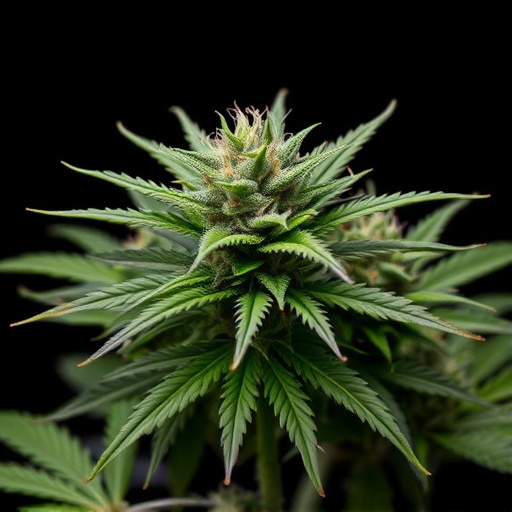
Cannabis genetics are crucial in defining the unique traits and effects of cannabis sativa strains,…….
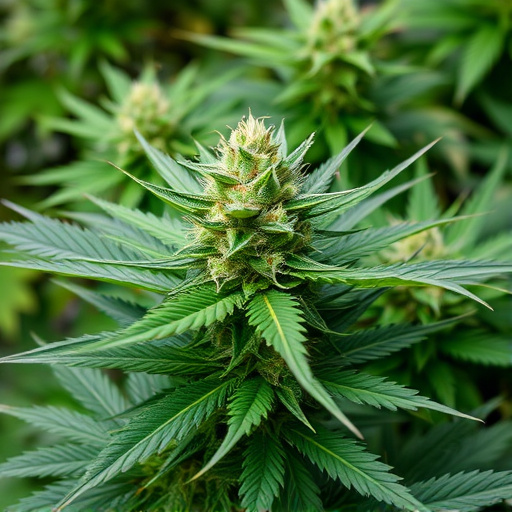
In the competitive cannabis market, rare cannabis sativa strains with unique traits and benefits are…….
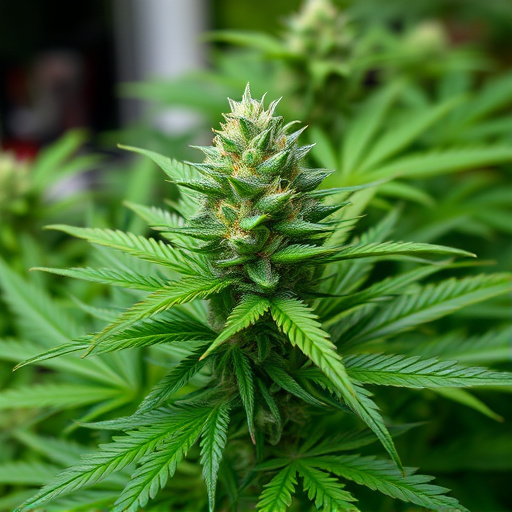
Cannabis Sativa strains, popular for their sleep-promoting properties, offer unique THC-rich profile…….
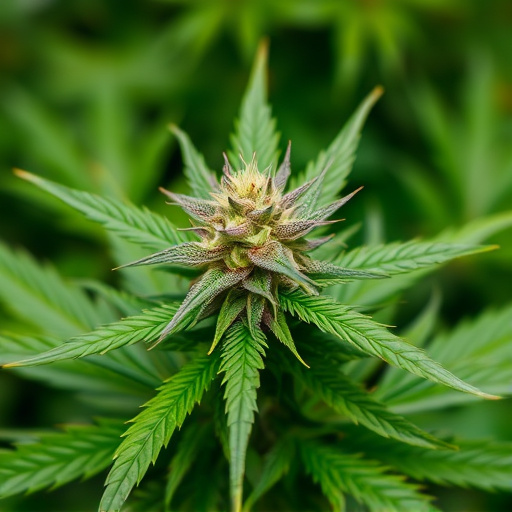
Cannabis sativa strains offer diverse therapeutic benefits, from energizing sativas enhancing creati…….
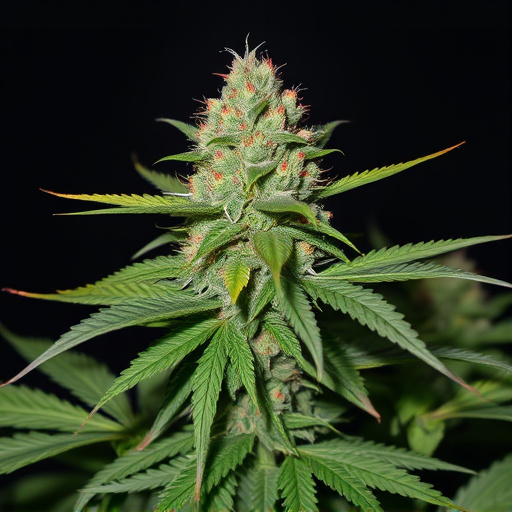
Cannabis metabolites in urine and blood tests indicate past or present cannabis sativa strain consum…….
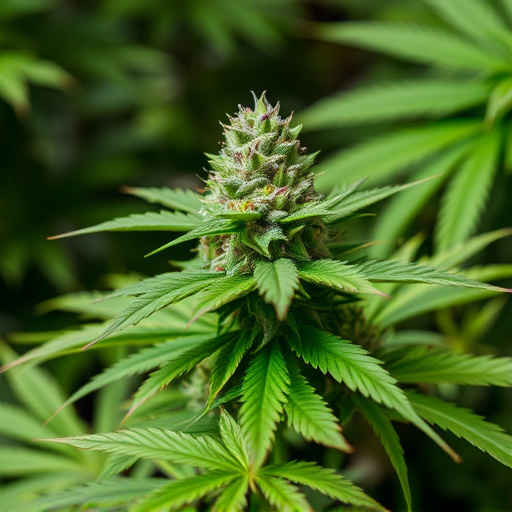
Terpenes, aromatic compounds in cannabis sativa strains, interact with cannabinoids like THC and CBD…….
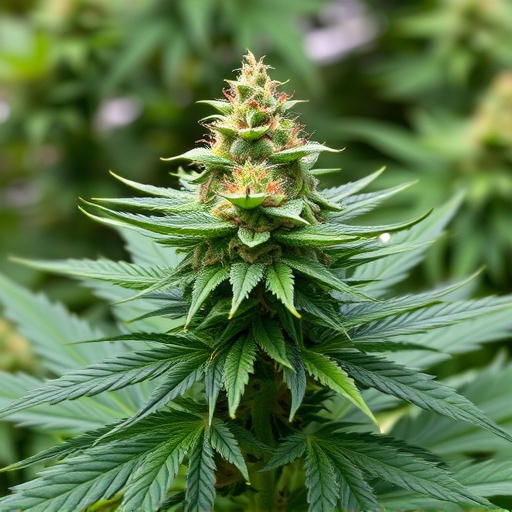
Unveiling rare cannabis sativa strains is a journey into botany, cultural heritage, and genetic dive…….
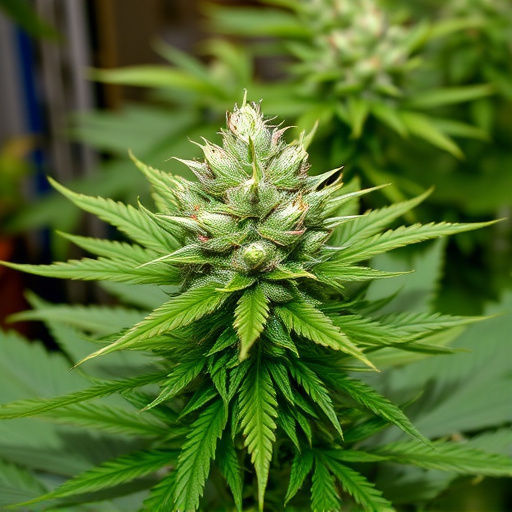
Selecting the perfect cannabis sativa strains is a personalized journey focused on achieving specifi…….
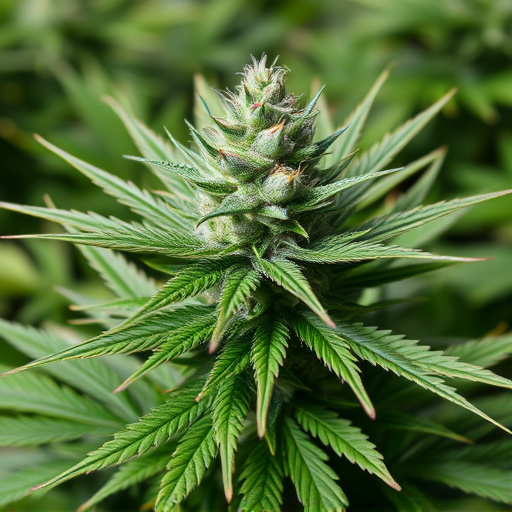
Cannabis sativa strains with high cannabidiol (CBD) content and low tetrahydrocannabinol (THC) are g…….

Cannabis sativa strains, enriched with tetrahydrocannabinol (THC) and cannabidiol (CBD), have shown…….